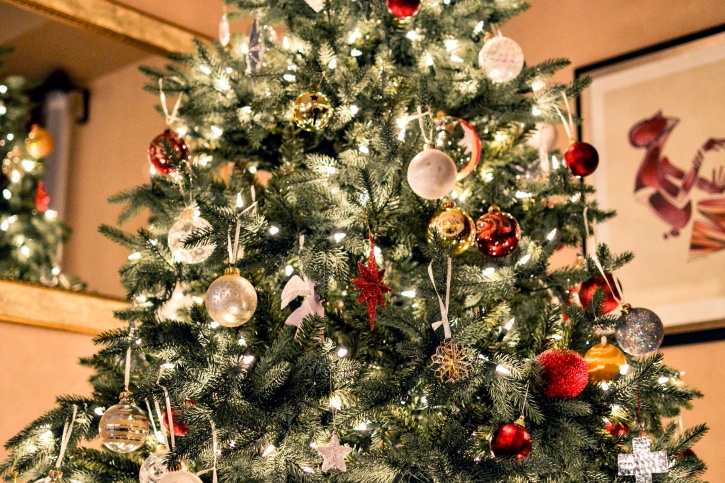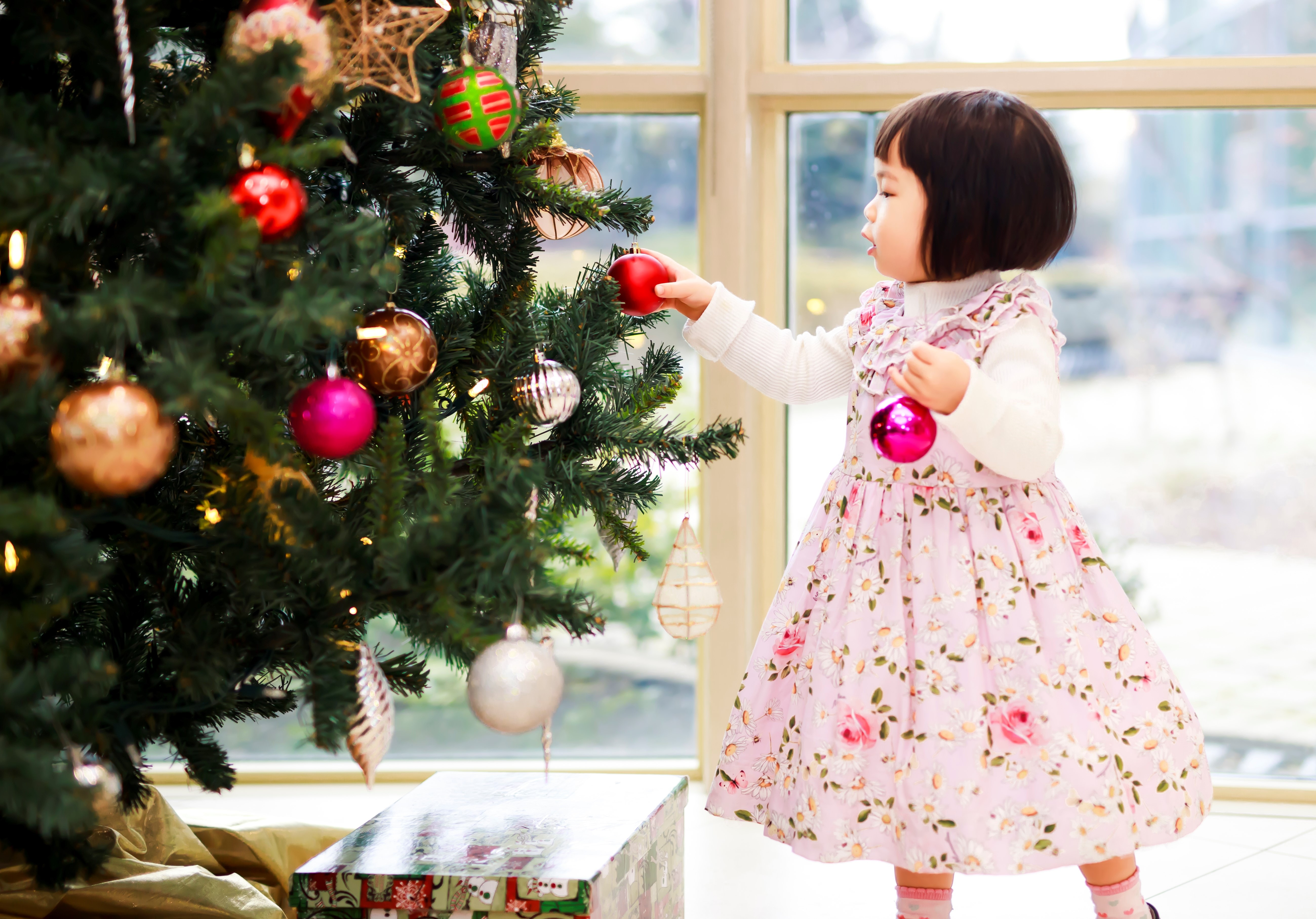With fall weather in the air, that can only mean that Christmas is just about the corner. The season for gathering, decorating, and gift giving. However, when you are putting your Christmas tree up and adorning it with all sorts of decorations, have you ever taken a moment and wondered where the tradition actually comes from? Many assume that it was originally based in Christianity, but that belief system did not adopt it until well after the tradition had been practiced for years.
The Christmas tree we know today has its roots in history dating back millennia. The fact that certain trees and plants will retain their green lush color, even throughout the winter, has had significant meaning to many people, in a wide range of cultures, through time. In many countries, the use of pine and spruce boughs, placed over their doors and window sills, were believed to help deter witches, ghosts, and evil spirits. In the case of the early pagans, the trees were harvested during the winter solstice and adorned in many cases as a symbol of fertility.

The Christmas tree tradition as we know it is actually credited as being started in the 16th Century in the country of Germany.
The Christmas tree tradition as we know it is actually credited as being started in the 16th Century in the country of Germany. This is when Christians started bringing the trees into their homes and actually decorating them. As for putting lights on the tree, that tradition is credited as being started by a Protestant reformer, also in the 16th century, by the name of Martin Luther.
As the centuries went on, the tradition was still not as widespread as one would think. In fact, in the 19th Century, more Americans than not found the idea of having a Christmas tree, let alone decorating it, very much of an oddity. The first known record of the Christmas tree, as we know it, was by the German settlers in the 1830’s. They brought the tradition with them when they settled in Pennsylvania, as it had been practiced already in many German homes. However, the Christmas tree was considered a pagan symbol by most Americans and was still not accepted until as late as the 1840’s.
The New England Puritans, the first to come to America, considered any decorating, carol singing, or frivolity on the 25th of December as a sacrilegious desecration of the event the day stood for. This rigid mentality towards all things Christmas as we know it now continued until the 19th century. It wasn’t until the massive influx of German and Irish immigrants that the Puritan legacy against decorating and celebrating was pretty much done away with.

The 1890s heralded in the use of decorations, arriving from Germany, as they were introduced to and added to the tree.
However, in 1846 the then Queen Victoria is actually the one credited with turning the British around when a portrait of her and her children was sketched with them gathered around a Christmas tree. Since Victoria was very popular with the people, anything she did was considered in vogue, and as a result so was the Christmas tree.
Over the centuries the current Christmas tree, again as we know it, went through an evolution of such. The 1890s heralded in the use of decorations, arriving from Germany, as they were introduced to and added to the tree. In the 20th century, Americans were beginning to decorate with handmade items, such as ornaments and hand-strung popcorn garland. With the invention of electric came the ability to add the adornment of electrical Christmas lights, adding a twinkling glow, giving even more life to the tree.
As you can see, today’s Christmas tree was not always as we know it. Like most any tradition, it was rooted in various beliefs and went through a process of evolution, until it became one of the many symbols of the season we know and love today.




